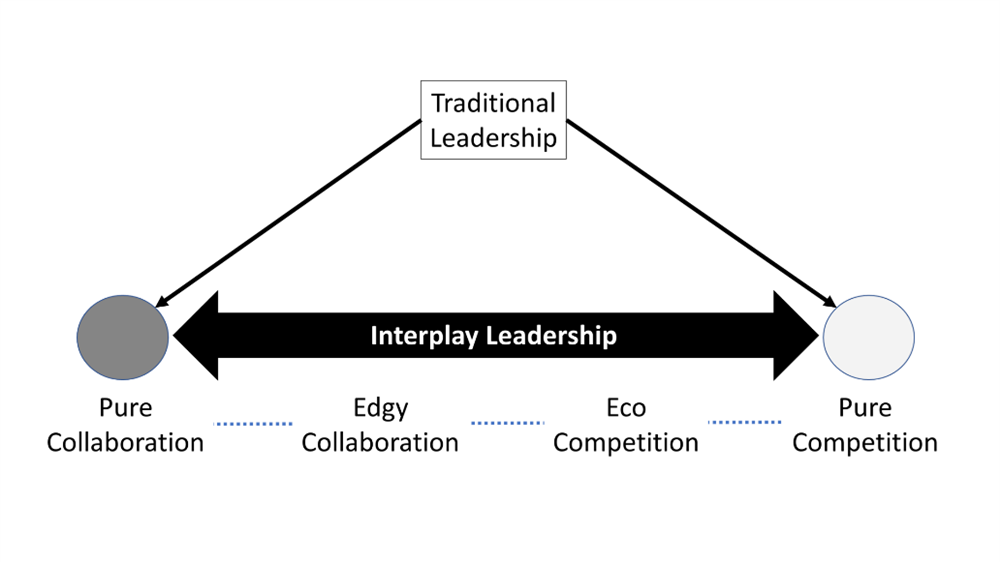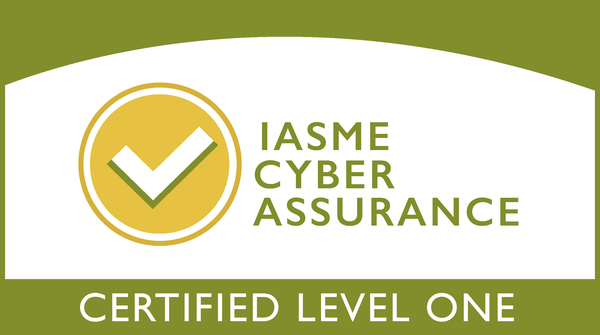We need a New Understanding of Collaborative Working
It seems to be a 'no-brainer' that organizations, teams and individuals need to collaborate better. Few people would argue with this – however but few also ask question what do we actually mean by 'collaboration'.
In purely biological terms there are 4 different types of group behaviour which can be classified as “Collaboration” but each are very different and apply to different circumstances:
- Individual Task (Solowork)
- Group Task (Crowdwork)
- Partitioned Task (Groupwork)
- Team Task (Teamwork)
I explain the difference between these 4 types of collaboration in more detail in my blog in an article entitled 'Natures four teamwork systems'.
The Sub-Optimization Problem
One of the main reasons organizational leaders call for more and better collaboration is 'the sub-optimization problem' - also known as silo thinking. This problem manifests itself in different departments becoming so fixated on their local goals that they neglect or even ignore the global organisational goals. They may even come to regard their colleagues in other departments as competitors, at least for resources, budget and senior management attention.
There is a law of systems optimization which states that we 'must sub-optimize the parts to optimise the whole'. However, often in our organisations we do the very opposite – we optimize the parts and consequently sub-optimize the whole. One of the main reasons this kind of silo thinking is so dominant in our organisations is a lack of understanding of what I call the 'interplay' between collaboration and competition.
Collaboration and Competition are just 2 Points on a Spectrum
Inside organisations we tend to think of two non-overlapping types of behaviour – collaboration and competition - as if these two represent the only possibilities. However, if you think of collaboration and competition as just the two endpoints of a continuous behavioural spectrum then surely there are many other blends of collaboration and competition along this spectrum.
I contend that in nearly every organizational scenario it is rarely the case that you just require or see pure collaboration or you just need or see pure competition. This binary perspective results, at best, in short-term success which is not sustained in the medium term. We might win some small battles this way, but we won’t win any wars.
There are at least two other dynamics at play on this spectrum. What looks like a pure Competition dynamic would often be better served by the hybrid dynamic of 'Collaborative Competition' (I will call it Eco Competition). What looks like pure Collaboration dynamic would often be better served by the hybrid dynamic of “Competitive Collaboration” (I will call it edgy collaboration).

The Spectrum of Collaborative/Competitive Behaviour
Eco/Collaborative Competition
An example of Eco Competition not recognised, is where you are pitching a business case for an internal initiative against another department’s or team’s business cases. There is limited budget which requires the senior decision-makers to make a choice between the business cases.
If you behave in a pure competitive way, for example, ignoring or even subtly trashing the other bids, then you might win your funding but create so much animosity in the other players (and their powerful supporters) that they determine to thwart your project at every opportunity and you fail to deliver leaving your reputation tarnished in the organization.
Edgy/Competitive Collaboration
An example of edgy collaboration not acknowledged, is where you are part of a project team who are working under extreme pressure to deliver to a challenging deadline. You might behave in a pure collaborative way by constantly prioritising what is best for the team, for example, responding positively to every single request for help from your colleagues.
The project is a big success and the team are duly rewarded and recognised. However, 6 months later you (or your team) are made redundant because you were judged to be the 'weakest link' in the project. Whilst you might have been judged a great team player your personal contribution to the project was deemed less significant than that of your less altruistic colleagues.
These ideas are explored in detail in my book - A Systematic Guide to Collaboration and Competition within Organizations. I also discuss the key leadership skills needed to succeed in both scenarios:

Key Leadership skills in Collaboration-Competition Interplay
Using Business Simulations to become better at Collaboration
I have previously described how you can use Business Simulations to improve your skills in building and operating High Performing Teams. Likewise, you can also harness Business Simulations to improve your collaboration skills as I will briefly highlight with 3 examples:
PLAYOFF: Real-Time Football Simulation
PLAYOFF is an Eco Competition business simulation where 4 soccer teams must compete in a super-league over 4 rounds with the winner being the team which accumulates the most points.
In each round, every team plays every other team and can score a maximum of 5 goals against all 3 other teams in total. Teams alternate their home and away matches with home advantage being reflected by the home team being automatically given an extra goal for free.
Unlike normal soccer there are no rules in PLAYOFF to stop teams conspiring and ‘match-fixing’ which creates the potential for ‘collaborative competition.’
CONSORTIUM is an Edgy Collaboration sim where up to 6 coffee roasters, all competitors, have to try and find a way to work together to win the prize of a massive follow-on contract from a major retail player.
the purpose of CONSORTIUM is not about improving coffee roasting management skills or even better co-ordination of production groups but rather to let participants experience the different levels and benefits of collaboration which sadly are much neglected in most organizations.
So, CONSORTIUM is essentially a collaboration scenario but with a competitive edge because no team wants to come out worse than all the others in terms of over-sacrificing its specific objectives for the greater good. Thus, CONSORTIUM explores the sub-optimization/silo thinking scenario.
COMPETE: Real-Time Trading Simulation
COMPETE is a business acumen simulation which can be used to experience both Eco Competition and Edgy Collaboration. The basic premise is there are 2-6 teams, each of whom represent vendors who are selling coffee (or other products) in a market where their customers can readily choose between them. Each business team must make 4 decisions each round:
- Selling Price
- Market Development Decision
- Strategy Decision
- Management Priority Decisions
There are opportunities to collaborate instead of competing in 2 of the 4 decisions.



